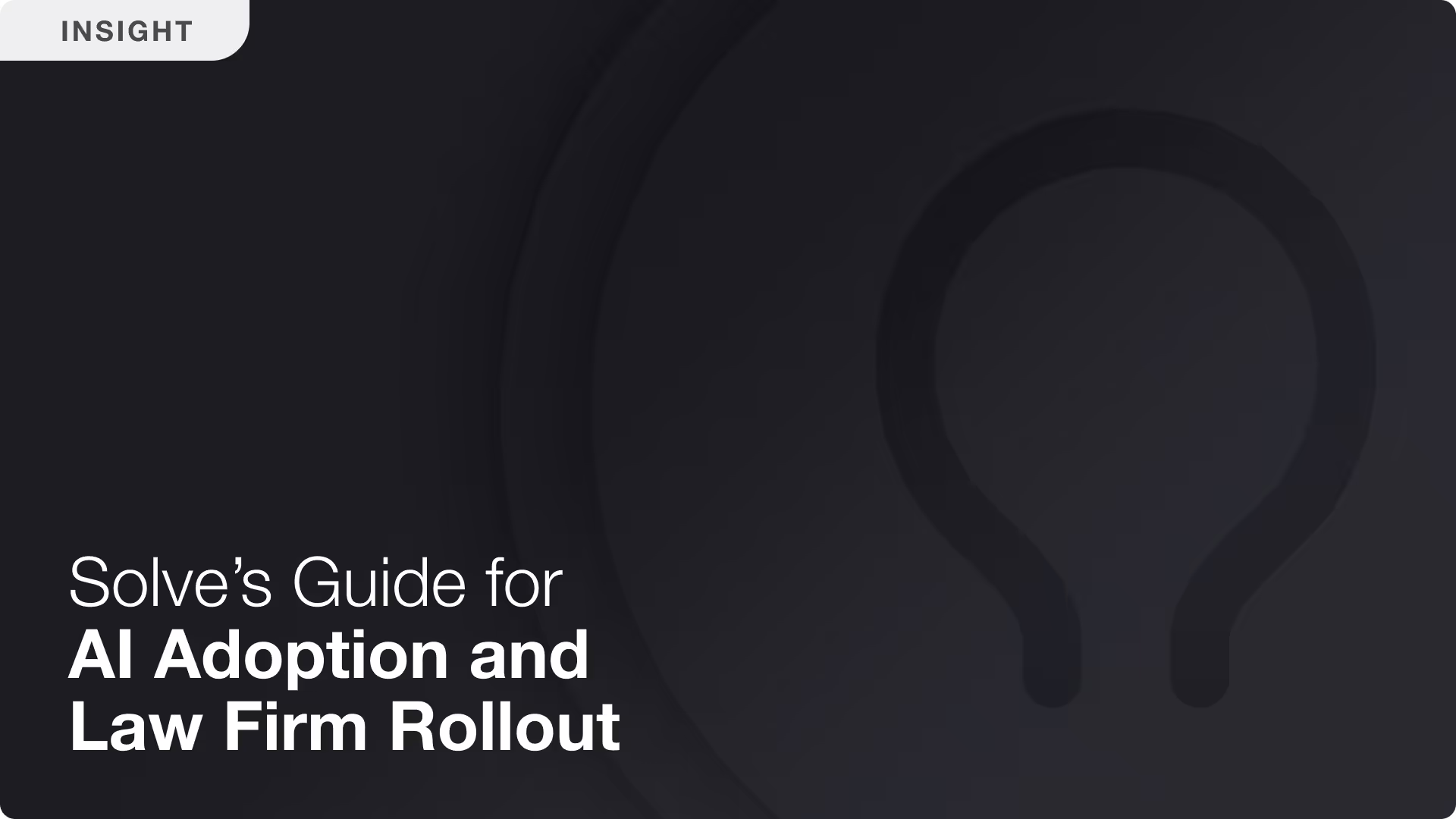Solve Intelligence Joins Intel Ignite
Intel® Ignite announce that Solve Intelligence™ is among the 2024 Intel Ignite companies.
.avif)
Intel® Ignite just announced that Solve Intelligence™ is among the 2024 Intel® Ignite companies.
Intel® is one of the world’s most prolific filers of patents, with 7K+ applications each year and a portfolio of 100K+ active patents.
Solve™ will be mentored by Intel®'s IP team to continue its mission to help outside counsel, in-house IP teams, and inventors use AI to elevate the efficiency and quality with which they generate and manage patents.
This development will be instrumental in our mission to accelerate innovation.
Read Intel® Ignite’s full announcement: https://intelignite.com/meet-the-startups-selected-for-intel-ignites-spring-2024-uk-cohort
Solve's generative AI patent drafting software is the leading AI patent drafting tool for helping patent attorneys and legal professionals draft and review patent applications. Backed by Y Combinator, and having raised $3M from Silicon Valley's top investors, Solve is leveraging artificial intelligence to help with every part of the patent drafting process.
AI for patents.
Be 50%+ more productive. Join thousands of legal professionals around the World using Solve’s Patent Copilot™ for drafting, prosecution, invention harvesting, and more.

.png)


